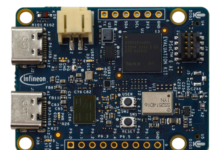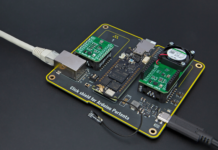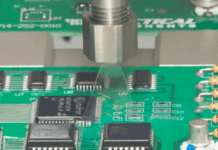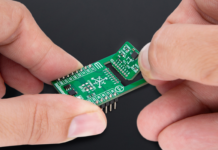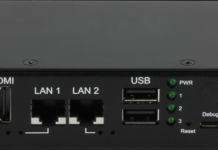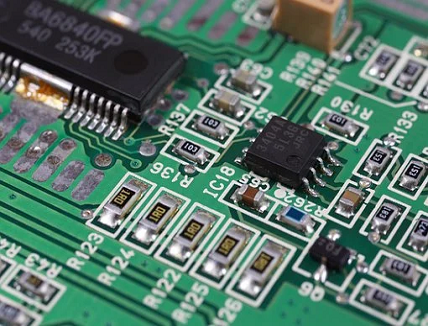
Trackwise is seeing a significant increase in medical applications using its Flexible Printed Circuit Technology including the company’s patented Improved Harness Technology (IHT) that uniquely enables multilayer FPCs of unlimited length to be constructed.
Philip Johnston, CEO of Trackwise explains: “As reported in the Journal of the American Heart Association, new developments in catheters, endoscopes and other medical equipment are “allowing the operator to work with the patient’s anatomy rather than fighting with it”. A report by Allied Market Research supports this, detailing that the global catheter market has been growing at a CAGR of 8.5% and will reach $15B by this year. This increase in demand is driven by an aging population, increases in cardiovascular disease, urinary bladder and kidney failures as well as growth in demand for less invasive surgeries.”
FPC technology brings several key advantages to medical instrumentation such as catheters and endoscopes, enabling a surgeon to access areas of the body that were previously hidden. FPCs can be made smaller and lighter than the discrete wire solutions they replace. They are also more flexible, and can stretch (within limits).
Another benefit of FPC technology is that it saves assembly time. Required circuits are printed in one operation, rather than assembled from discrete wires. This can result in significant cost savings. This, in turn, means that single-use catheters and endoscopes can be produced, resulting in better hygiene and less costs for the medical facility, both in terms of the initial investment in the equipment and in on-going cleansing costs.
Adds Johnston: “We are delighted to support the global medial instrument industry with our innovative FPC technologies. Not only do our interconnect solutions bringing space and cost benefits, we have also upgraded or processes with a new ISO Class 7 clean room and a high-resolution reel-to-reel direct imaging process, enabling our FPCs to meet the high-precision and miniaturisation demands of today’s MIS instruments.”



